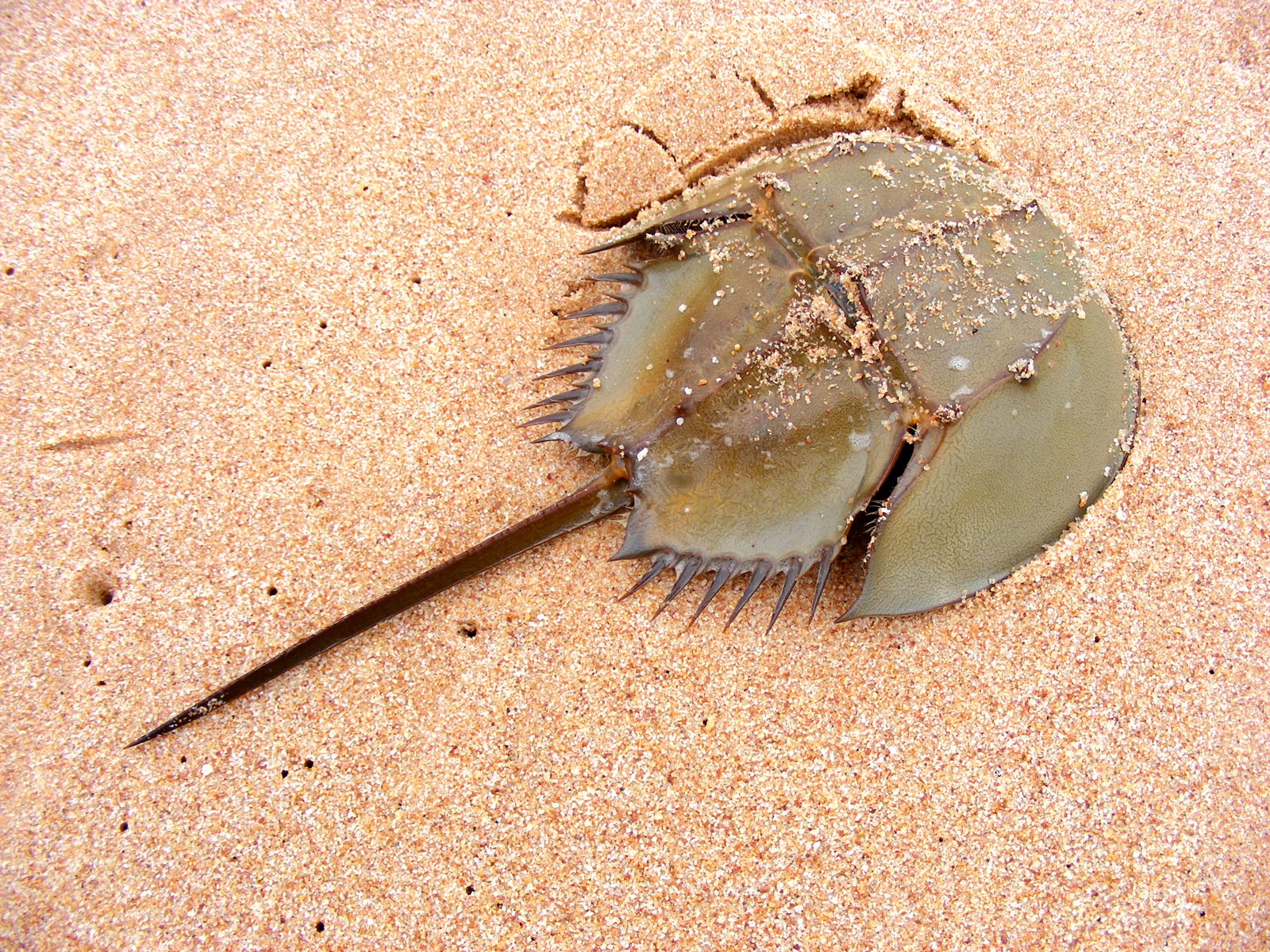7667766266
enquiry@shankarias.in
Rule of Law Index
National Institute of Public Finance and Policy (NIPFP)
Kumbhar Sashaktikaran Yojana
KVIC
Micius Satellite
Entangled Photons
Horse Shoe Crab

Gee’s Golden Langur

Source: PIB, the Hindu, DTE